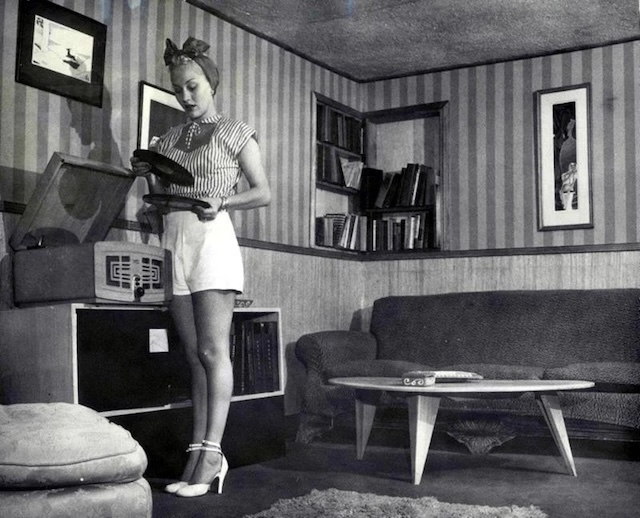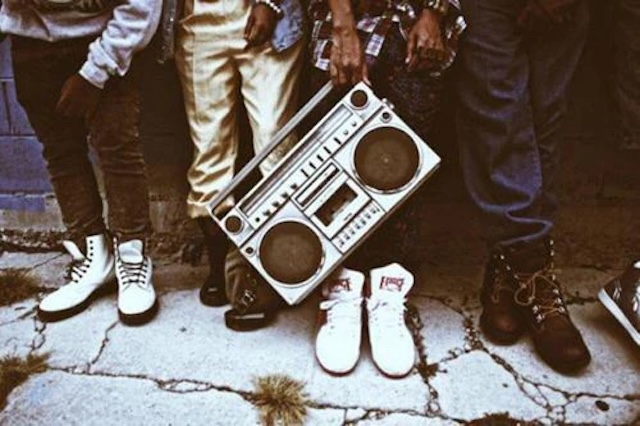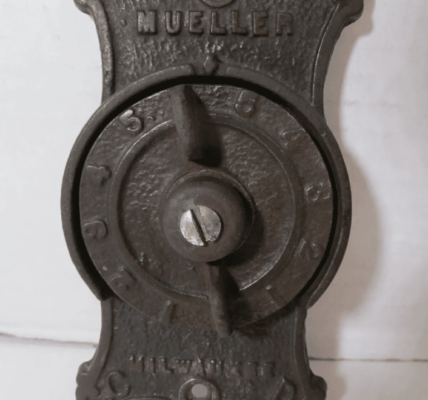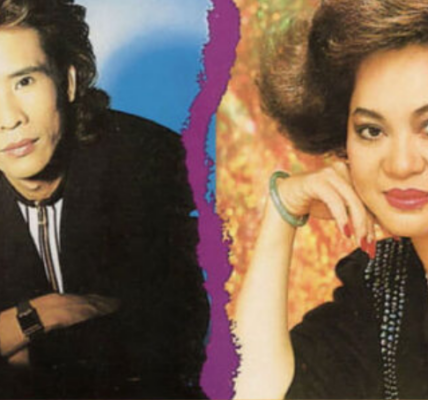The boombox, a quintessential symbol of 1980s culture, transformed the way we experienced music by bringing powerful sound to the streets and into our daily lives. From its humble beginnings in the Netherlands to its role in shaping hip-hop culture in the United States, the boombox has left a lasting impact on the world of music. This article delves into the history of this iconic device, its influence on popular culture, and its modern resurgence.

The Origins of the Boombox: Innovation in the Netherlands
The journey of the boombox began in 1966 when the Dutch company Philips introduced the Norelco 22 RL 962, also known as the “radio recorder.” This groundbreaking device allowed users to record radio broadcasts and microphone audio directly onto cassette tapes. Unlike the stationary radios of the time, the Norelco 22 RL 962 was portable, thanks to its six D-cell batteries and convenient handle, making it a revolutionary piece of audio technology.
This innovation was a game-changer, as it offered people the ability to take their music with them wherever they went. The portability and recording capabilities of the boombox set the stage for its future popularity, especially among the youth.
The Rise of the Boombox: A Global Phenomenon
The boombox quickly gained traction in Japan during the early 1970s. As urbanization brought young people into cities, the demand for portable, high-fidelity audio grew. Boomboxes, with their powerful speakers and robust sound, became the go-to option for broadcasting music in public spaces. The boombox was not just a gadget; it became a cultural phenomenon, especially in urban environments where sharing music with others was an integral part of social life.

The appeal of the boombox was universal, transcending geographical boundaries. It became a symbol of freedom, allowing people to carry their music with them and share it with the world.
The Boombox in the USA: Fueling Hip-Hop Culture
The boombox made its way to the United States in the late 1970s, where it became synonymous with the burgeoning hip-hop culture, particularly in New York City. Hip-hop was more than just a genre; it was a cultural movement, and the boombox played a crucial role in its spread. Hip-hop historian Fab 5 Freddy described how boomboxes allowed for live cassette recordings of music mixed at inner-city parties. These tapes were then distributed across the city, introducing many to the sounds of hip-hop for the first time.

The boombox’s ability to prioritize volume and bass made it an essential tool for hip-hop artists and enthusiasts. It was not uncommon to see large groups of people gathered around a boombox, enjoying the latest tracks and even participating in impromptu dance battles. The boombox became a cultural icon, representing the DIY spirit of hip-hop and the community’s desire to reclaim public spaces through music.
The Decline of the Boombox: A Shift in Technology
By the late 1980s, the boombox began to decline in popularity. The rapid advancement of technology led to the invention of smaller, more personal audio devices, such as the Walkman, which allowed for private listening experiences. The introduction of CDs and MP3 players further pushed the boombox into the background as these new formats offered better sound quality and greater convenience.

As the cultural shift towards individual listening devices continued, the boombox’s presence in everyday life diminished. However, its impact on music culture and its role in the public soundscape remained undeniable.
The Return of the Boombox: Nostalgia Meets Modern Technology
In recent years, there has been a resurgence of interest in the boombox, much like the revival of vinyl records. As a symbol of participatory listening experiences and a critical moment in the history of portable audio, the boombox continues to hold cultural significance. Modern iterations of the boombox, such as Bluetooth-enabled models, combine the nostalgic appeal of the original with the convenience of contemporary technology.

This resurgence is not just about reliving the past; it’s about recognizing the boombox’s role in making music a communal experience. Whether it’s at a retro-themed party or a modern-day gathering, the boombox still brings people together, reminding us of a time when music was meant to be shared.
Conclusion: The Boombox’s Enduring Legacy
The boombox revolutionized the way we experienced music, transforming it into a shared, portable phenomenon that brought communities together. From its origins in the Netherlands to its pivotal role in hip-hop culture in the United States, the boombox has left an indelible mark on music history. Even as technology has evolved, the boombox’s legacy endures, symbolizing an era when music was not just heard but felt collectively.
As we move further into the digital age, the boombox serves as a reminder of the power of music to connect people, regardless of the medium. Its story is not just about a device; it’s about the cultural shifts and social movements that it helped to amplify.




